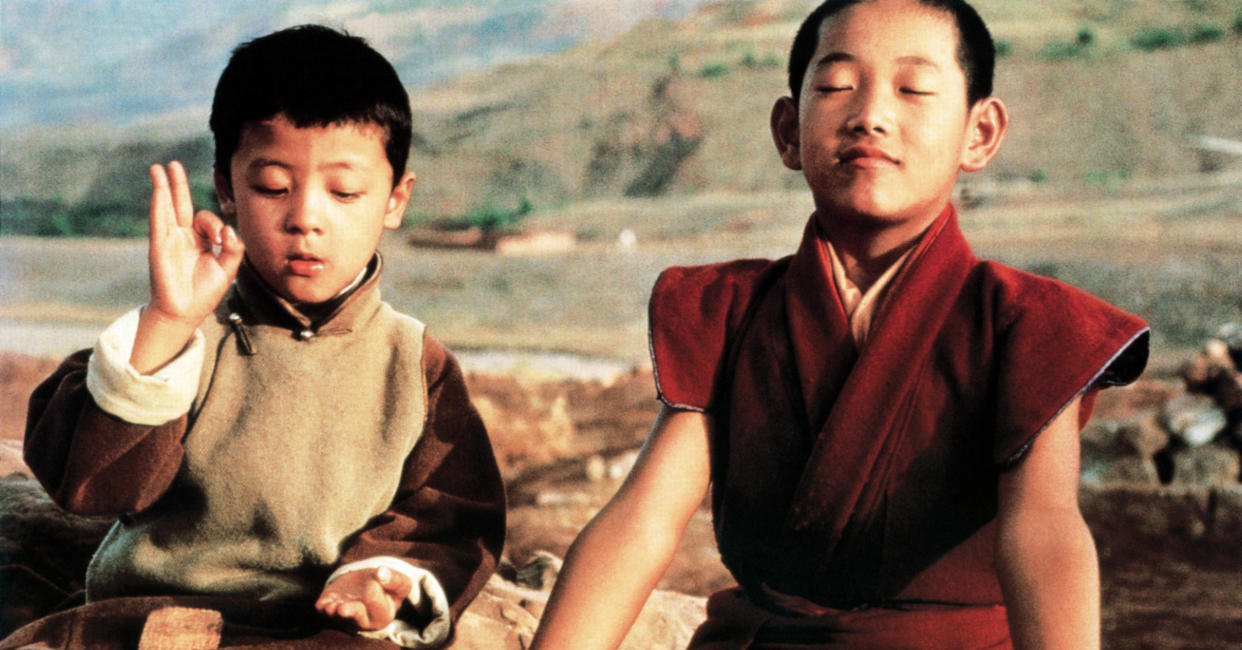Roger Deakins Thinks ‘Kundun’ Is Scorsese’s Best Movie: ‘It’s a Tone Poem’

- Oops!Something went wrong.Please try again later.
- Oops!Something went wrong.Please try again later.
- Oops!Something went wrong.Please try again later.
- Oops!Something went wrong.Please try again later.
Roger Deakins’ legendary cinematography career has seen him work with elite directors like the Coen Brothers, Sam Mendes, and Denis Villeneuve. In between those repeat collaborations, he even found time for a one-off project with Martin Scorsese.
“Kundun,” Scorsese’s 1997 film about the 14th Dalai Lama, earned Deakins the third of his 16 Oscar nominations for Best Cinematography (he went on to win the award for “Blade Runner 2049” and “1917”). Appearing on a recent panel discussion at the 92nd Street Y moderated by Annette Insdorf, Deakins opened up about the experience of working with Scorsese and why he thinks “Kundun” is the auteur’s masterpiece.
More from IndieWire
Awkwafina Encourages 'Angsty' Teens to 'Watch Indie Movies' to Find Themselves
Wanda Sykes Will Never Host the Oscars Again: 'No, Thank You'
“I believe Marty usually does storyboards but on ‘Kundun,’ he just annotated the script with his ideas, what the camera is going to do,” Deakins said. “He would draw a wide shot or a tracking shot with little stick figures. He gave us a copy of that and said, ‘This is the basis of what we’re working on for “Kundun.”’ Marty’s got a more defined vision of what he wants. But it was really done with his notations in the script, so in terms of setting the shot, I haven’t got a lot of flexibility. The kind of technical input you have on something like ‘1917’ compared with “Kundun,” which is much more simply shot… We had long conversations about the style of it. It’s a tone poem, which is why I love the film. I do think it’s [Scorsese’s] best film. I like the symmetry of it, the poetry of it.”
Two of the defining themes of Scorsese’s career are his love of the moving image and his fascination with religion, so it’s fitting that Deakins singled out a scene that combines them as one of his favorite moments in the movie.
“There’s another scene in the film that also guts me as well,” he said. “It’s the young Dalai Lama who’s got a 16mm projection and he’s watching a projection of the atom bomb and that’s devastating. The juxtaposition of the two cultures and the beauty but this horror of what’s actually on the screen. It’s interesting.”
Best of IndieWire
Sign up for Indiewire's Newsletter. For the latest news, follow us on Facebook, Twitter, and Instagram.

